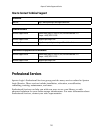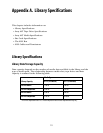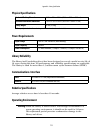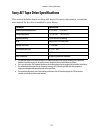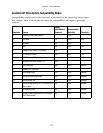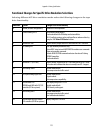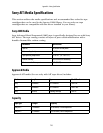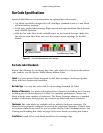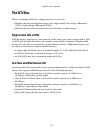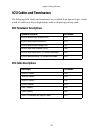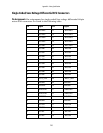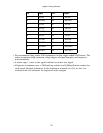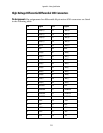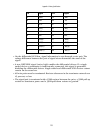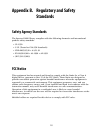Appendix A. Library Specifications
118
The SCSI Bus
When considering SCSI bus configuration, be sure to note:
• Whether the bus and attached devices are single-ended, low-voltage differential
(LVD) or high-voltage differential (HVD)
• Whether the bus and attached devices are fast/slow or wide/narrow
Single-Ended, LVD, or HVD
All SCSI devices attached to a bus must be of the same type, either single-ended, LVD
or HVD; this includes the drives, the adapter card and the terminators. Single-ended
devices use one line to transmit bus signals between devices. Differential devices use
two lines to transmit bus signals between devices.
• A single-ended SCSI bus has a maximum length of 1.5 feet with fast/wide device.
• An LVD SCSI bus has a maximum length of 39.4 feet.
• An HVD SCSI bus has a maximum length of 82 feet.
Fast/Slow and Wide/Narrow SCSI
Fast/slow and wide/narrow refer to the signal configuration for different kinds of SCSI
busses. The Spectra 10000 library uses the SCSI fast/wide standard.
• Slow SCSI means that the bus used allows transfer speeds of 5 MB/sec to
10 MB/sec, depending on bus width.
• Ultra-2 SCSI and Wide Ultra-2 SCSI allow transfer speeds of 40 MB/sec to
80 MB/sec.
• Fast SCSI means that the bus used allows transfer speeds of 10 MB/sec to
20 MB/sec, depending on bus width.
• Narrow SCSI means that the bus used is 8 bits wide.
• Wide SCSI means that the bus used is 16 bits wide.



